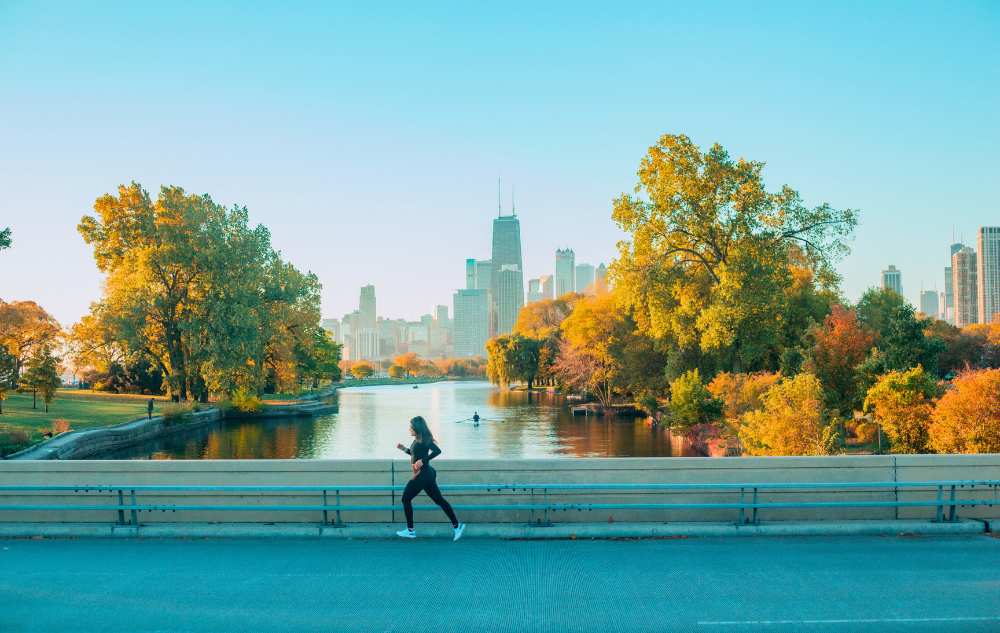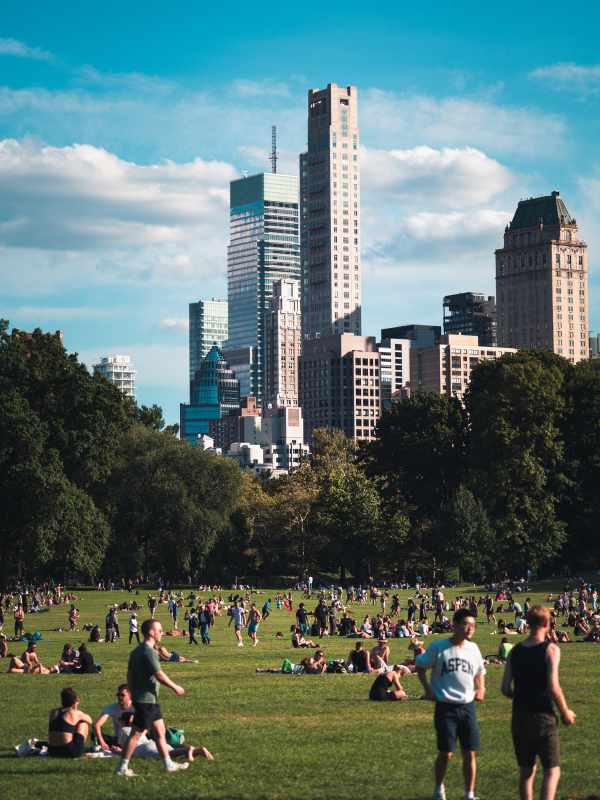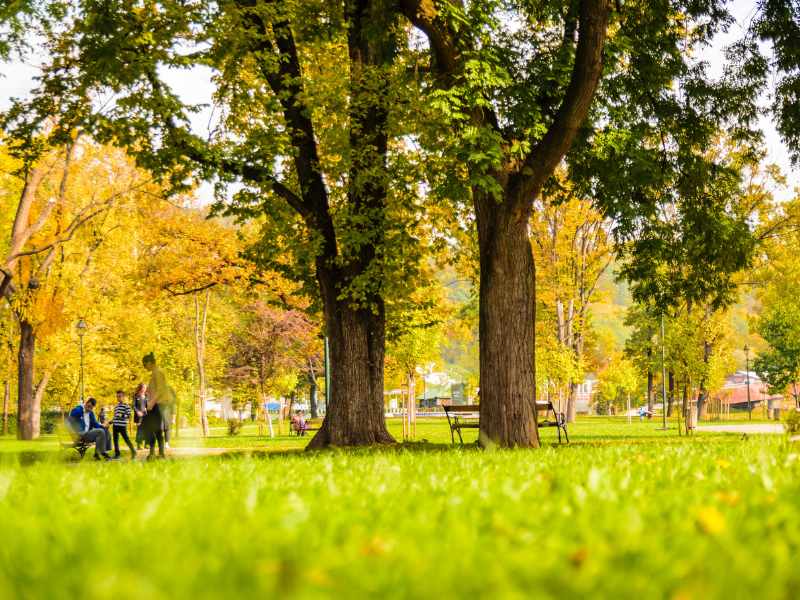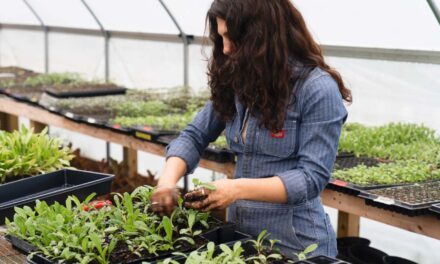Urban Green Spaces are a Breath of Fresh Air For City Dwellers
Urbanization has become an unstoppable force in recent decades, with more people living in cities than ever. This migration to urban areas has transformed our living spaces, and the concrete jungles that many call home may sometimes feel devoid of nature’s touch.
However, urban green spaces are beacons of hope and vitality amidst the skyscrapers and bustling streets. The multifaceted benefits of these green oases in the heart of our cities are more than just environmental. By understanding green spaces’ positive impact on cities and those who reside within them, we can better advocate for a new city park instead of another blacktop parking lot.
Urban Green Spaces Combat Rising Temps
Urban green spaces offer many environmental advantages extending beyond their aesthetic appeal. They play a crucial role in mitigating the urban heat island effect. The concrete and asphalt prevalent in cities absorb and retain heat, causing localized temperature spikes. In contrast, green spaces act as natural coolants, providing shade and evaporative cooling, making summers in the city much more bearable.
Parks can be up to 2°F cooler than the surrounding urban area during the day, urban greening research from the University of Washington points out. Large numbers of trees and expansive green spaces across a city can reduce local air temperatures by up to 9°F.
These factors benefit the immediate vicinity and have a positive ripple effect on the overall air quality in the city, leading to a healthier urban environment.
The United States Department of Agriculture (USDA) Forestry Service estimates the total annual air pollution removal (of ozone, particulate matter, NO2, SO2, and carbon monoxide) by urban trees across 55 U.S. cities equals 711,000 metric tons, representing a staggering $3.8 billion in public value.
Green spaces matter to more creatures than just the humans living in a concrete jungle. These green havens serve as vital sanctuaries for urban biodiversity. Amidst the sprawl, they provide refuge for various species of birds, insects, and plants. By preserving these ecosystems, urban green spaces contribute to the conservation of biodiversity, helping maintain a delicate balance.
Take a Jog Through Your Local Park
The physical health benefits of urban green spaces cannot be overstated. These lush areas offer a respite from the sedentary and often stressful urban lifestyle. Less than half of Americans currently meet federal activity guidelines, according to the National Institute of Health (NIH). Parks and gardens within city limits encourage physical activity, whether it be jogging, yoga, or a simple stroll. This active engagement with green spaces helps promote physical well-being.
Numerous studies have demonstrated the positive impact of urban green spaces on physical health. Engaging in outdoor activities in these spaces has been linked to improved cardiovascular health, reduced obesity rates, and enhanced overall fitness levels. Access to green spaces encourages people to adopt a more active lifestyle, an essential aspect in combatting the growing global health concerns related to physical inactivity.
The statistics speak volumes. Cities that invest in creating and maintaining urban green spaces often see a significant reduction in lifestyle-related diseases. These spaces are not just for leisure but serve as outdoor gyms for city dwellers, contributing to a healthier urban population.
Feeling Overwhelmed? Urban Green Spaces Can Help.
Beyond the physical, urban green spaces also offer a sanctuary for the mind. The hustle and bustle of city life can take a toll on mental well-being, leading to increased stress and anxiety levels. While correlation doesn’t necessarily mean causation, studies have shown that the risk for serious mental illness is generally higher in cities compared to rural areas, according to NIH. Urban green spaces, with their soothing greenery and exposure to wildlife, provide a tranquil escape from the daily grind.
Increased evidence through academic studies has confirmed that exposure to nature, even in urban settings, can reduce stress levels, alleviate anxiety, and enhance overall mental well-being. The calming effect of green spaces helps individuals relax and rejuvenate, providing a mental break that is invaluable in today’s fast-paced urban world.
Communities Thrive Under the Shade Trees
Urban green spaces are not only about solitude and personal well-being; they are also vibrant hubs of social interaction and community building. Parks and gardens serve as communal gathering places where people from diverse backgrounds come together to connect with nature and one another.
These green oases host a plethora of events and initiatives that strengthen neighborhood bonds and foster a sense of community. From picnics to outdoor concerts and yoga classes to farmers’ markets, urban green spaces offer diverse activities that encourage social interactions and create a sense of belonging.
Urban green spaces are more than just patches of grass and trees.
These green oases are essential elements of modern cities that provide a multitude of benefits. From mitigating environmental challenges to promoting physical and mental health, nurturing biodiversity, and strengthening communities, these green havens are indispensable in creating a more sustainable, healthy, and enjoyable urban environment.
As cities continue to grow and evolve, preserving and expanding urban green spaces is more important now than ever. Access to the cool shade a towering tree provides should be considered a human right in urban centers of the modern age. By supporting and investing in green spaces in your city, you can ensure that our urban landscapes remain not just concrete jungles but vibrant, thriving, and sustainable metropolises.
Want to learn more about how to expand green spaces in your city?
Check out these organizations dedicated to greening the urban sprawl:

Written by Carley Kimball
Freelance Journalist and OPL Content Contributor
“I’ve always tried to implement planet-friendly practices in my life but didn’t quite realize just how much of an impact individuals can make until I was introduced to One Planet Life. I’m so excited to be able to utilize my professional skills to contribute valuable information and positive personal experiences to help make the world a better place.”













